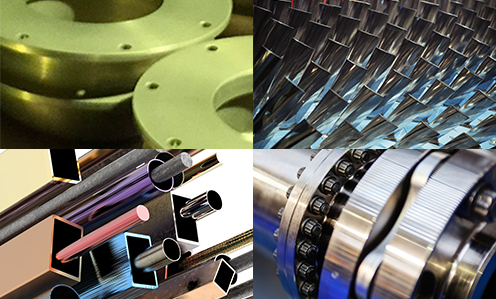


There are 10 types of anodizing. Here is a quick overview of the anodize processes most often used today.
Type I Anodize "CAA" chromic acid anodizing is often spec'd for structural parts, because it preserves fatigue strength. CAA is often used where solution retention is an issue. It significantly improves corrosion resistance and is an excellent paint base.
Type II Anodize "SAA" sulfuric acid anodizing reduces the fatigue characteristics of aluminum alloys. Most of this anodic coating is aluminum oxide, with 10-15% SO3 incorporated. The SAA finish builds the aluminum oxide to 0.0002"-0.0003", and penetrates into the material the same degree.
Type III Anodize "HCA" hardcoat or modified hardcoat; Modified hardcoat anodizing provides corrosion protection to aluminum and aluminum alloy parts or pieces. Its hardness is second only to diamonds.
"PAA" phosphoric acid anodizing was initially developed to enhance bond reliability on structural components. Its oxide characteristics are highly customizable. PAA has a wide operating range and a long bath life.
"BSAA" boric and sulfuric acid anodizing is used to form coatings on structural parts and, like CAA, has minimal or no effect on fatigue. It also eliminates the concerns posed by chromium mists. This process shows how the addition of an organic acid mitigates biocontamination.
"TFSAA" thin film sulfuric acid anodizing meets or exceeds MIL-A8625F, Type IIB. Comparatively, SAA (per MIL-A-8625, Type II) is a thick porous coating and is easy to dye, but has relatively poor corrosion performance.